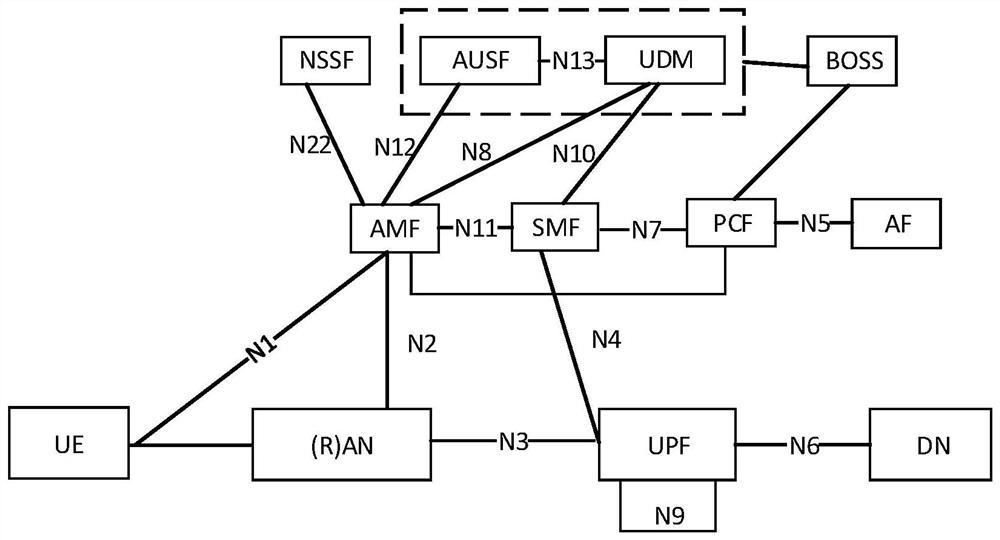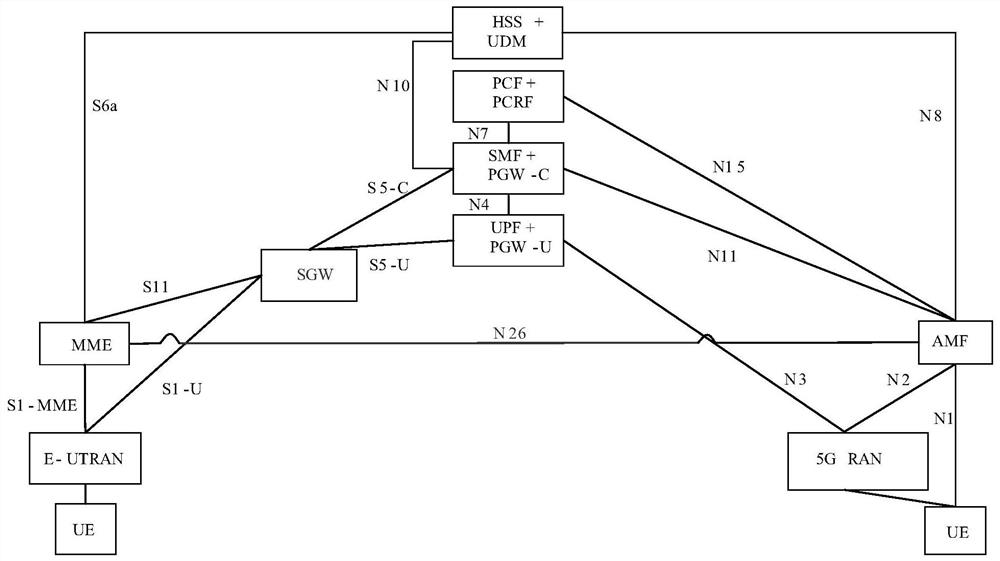Communication method and device
A technology of communication equipment and communication methods, applied in the field of communication, can solve the problems of cumbersome and inefficient 5G network procedures, and achieve the effect of improving data migration efficiency and simplifying migration operations
- Summary
- Abstract
- Description
- Claims
- Application Information
AI Technical Summary
Problems solved by technology
Method used
Image
Examples
Embodiment Construction
[0046] In order to make the purpose, technical solutions, and advantages of the embodiments of the present application clearer, the embodiments of the present application will be further described in detail below in conjunction with the accompanying drawings. The specific methods in the method embodiments can also be applied to the device embodiments or system embodiments. Wherein, in the description of the present application, unless otherwise specified, "plurality" means two or more.
[0047] Before introducing the present application, a brief explanation will be given of some of the terms used in the embodiments of the present application and the compatible architecture of the 5G network and the 4G network, so as to facilitate the understanding of those skilled in the art.
[0048] 1) Please refer to figure 1 , is a compatible architecture between a 5G network and a 4G network, and may be a specific application scenario of this embodiment of the present application. figur...
PUM
 Login to View More
Login to View More Abstract
Description
Claims
Application Information
 Login to View More
Login to View More - R&D
- Intellectual Property
- Life Sciences
- Materials
- Tech Scout
- Unparalleled Data Quality
- Higher Quality Content
- 60% Fewer Hallucinations
Browse by: Latest US Patents, China's latest patents, Technical Efficacy Thesaurus, Application Domain, Technology Topic, Popular Technical Reports.
© 2025 PatSnap. All rights reserved.Legal|Privacy policy|Modern Slavery Act Transparency Statement|Sitemap|About US| Contact US: help@patsnap.com



